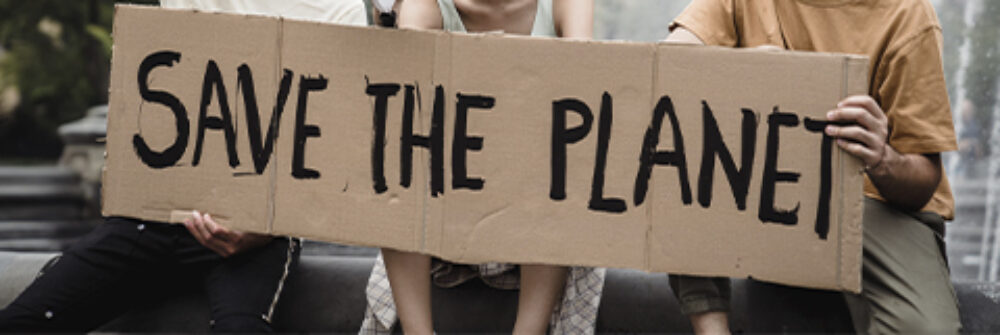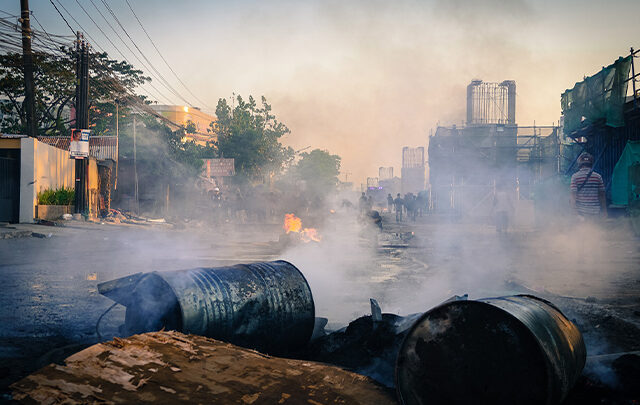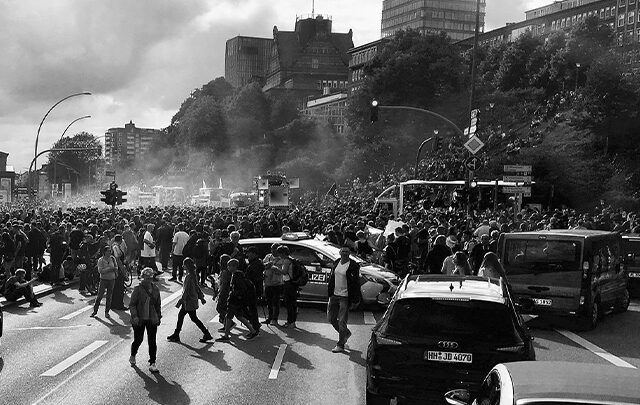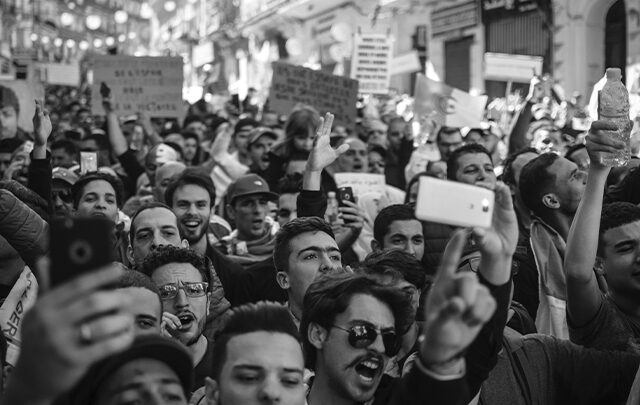Protests provoked by dissatisfaction with the authorities and the pending reform of university education also broke out in Italy in 1968. But unlike the student protests in other European countries, in Italy they involved not only leftists, but also right-wing radicals (for example, from the neo-fascist organizations FUAN, Caravelle, and the National Vanguard).
The protests began three months before the French, in February, when students at the University of Rome seized several faculties. They held the buildings for almost a month, until February 29, when the police began to storm the buildings. The protests spread not only to Rome, but also to other cities across the country.
The protests culminated in the so-called “Battle of Valle Julia.” On March 1, police and up to 4,000 students met in fierce fighting in the square in front of the Faculty of Architecture in the capital’s Valle Giulia neighborhood. The students threw rocks and Molotov cocktails at the police, who responded with batons. Despite police action, protesters reoccupied several university buildings. About 500 students and 150 policemen were injured in the clashes.
The authorities and parties condemned the actions of the students; public sympathy was not on their side either. But then there was a split in the ranks of the protesters themselves: On March 16, communists and neo-fascists were involved in a mass brawl in Rome. In 1969, factory workers joined the protests, and in the summer hundreds of thousands of people took part in joint marches demanding better working conditions and democratic freedoms, chanting anti-capitalist slogans.
The aggressive actions of the students preceded the “leaden seventies” in Italy, a decade of street violence and terrorist attacks that began with the 1969 bombing of the Milan Bank.




MOST COMMENTED
Largest protests
How Leaderless Protests Work: Horizontal Movements and Collective Decision-Making
Forms of protests
The Right to Protest: How Rallies and Pickets Influence a Democratic Society
Forms of protests
Digitalization of Protest: How Social Media and Technology Are Changing Street Demonstrations
Largest protests
Digital Technology Revolution – Reshaping Modern Activism
Forms of protests
Advanced Acoustic Protection for Confidential Discussions
Forms of protests
Psychology of Protest: What Motivates People at Rallies?
Largest protests
Rallies Against Air Travel: A Rising Movement in the Climate Crisis Era